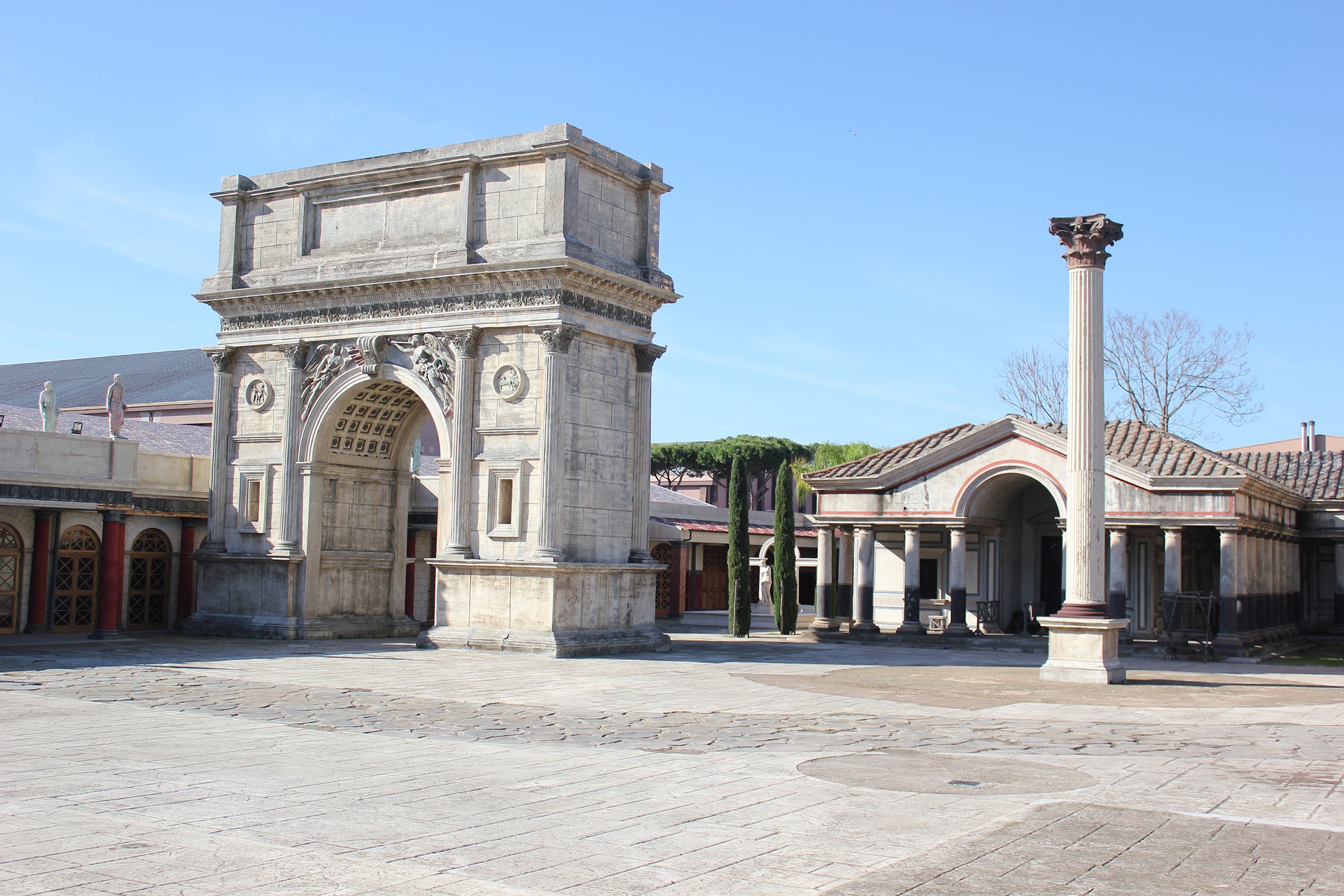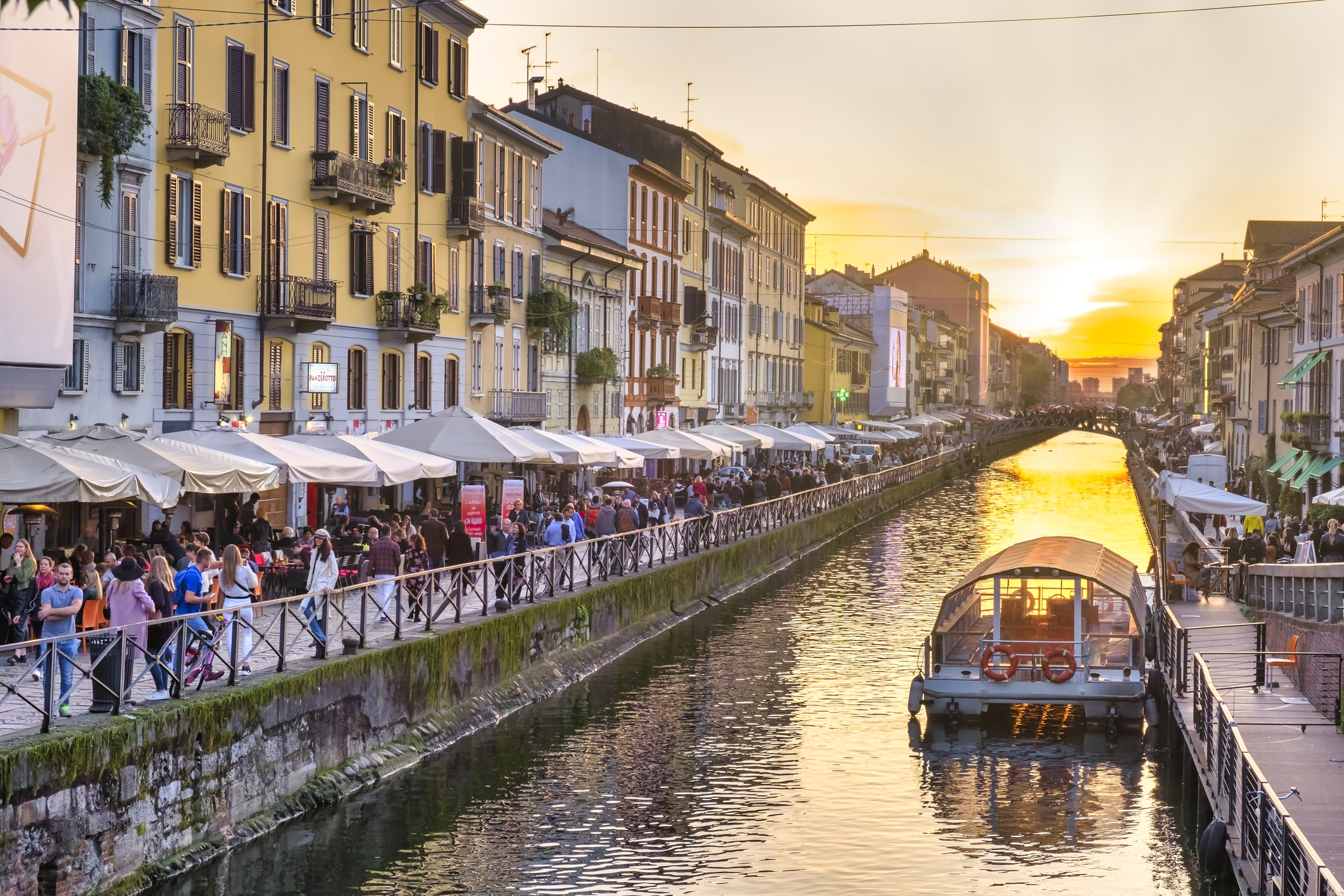When Mina Gregori, one of the greatest living Caravaggio experts, found herself in front of a portrait of a young girl in the private collection of a European family, she said “Finally, it’s her”.
The painting was found this past October and portrays a young woman with her head tilted back, her eyes softly closed, her mouth slightly opened, joined hands and bare shoulders. Mina Gregori has no doubts this is the missing Maddalena, a painting that mysteriously disappeared after Michelangelo Merisi’s (Caravaggio) last trip by boat to Porto Ercole, on the Tuscany coast.
Around the world there are at least eight copies of this painting but only one is the authentic one and it seems that it has finally been found. Mina Gregori stated “The variety in her complexion, the intensity of her face. The strong wrists and the vivid hands with marvelous variation of colors and light, and the shade that obscures half of her fingers, these are the most interesting and intense aspects of the painting. It’s a Caravaggio”.
But aside from the colors and the technique, there’s another piece of evidence that supports the authenticity of the great discovery. On the back of the painting there’s a piece of paper with a 17th century hand written note that says “Madalena raversa di Caravaggio a Chiaia ivi da servare pel beneficio del Cardinale Borghese di Roma” which can be roughly be translated as “Maddalena by Caravaggio, now in Chiaia and kept here for Cardinal Borghese from Rome”.
But to explain this we need to go back in history, exactly to July 18th, 1610. That day, after arriving on a boat in Porto Ercole, Caravaggio died from a fever. In a letter written a few days later on July 29th, which was found only in 1994 by Vincenzo Pacelli in the Vatican Secret Archive, Diodato Gentile informs Cardinal Scipione Borghese, great collector and protector of Caravaggio, that the artist had passed away and that on the boat he was travelling on, there were three paintings, two portraits of San Giovanni and one of the Maddalena.
After Caravaggio’s death, the boat went to Naples and the last of Merisi’s paintings were given to Costanza Colonna to ship them to Scipione Borghese. The woman was a friend of Caravaggio’s and she lived exactly in the Chiaia neighborhood of Naples, the one mentioned on the paper found on the back of the painting.
However, only one of the three paintings arrived at its destination, and experts think it was the San Giovanni which is now exhibited in the Galleria Borghese. The other two paintings were never found until Mina Gregori made this amazing discovery.
What the painting went through between 1610 and 2104 is hard to retrace. For sure the Maddalena portrait remained in Naples for some years and here, in 1612, Louis Finson made a copy of it that he signed and dated, and which is on display at the Musée des Beaux Arts of Marseille.
Another proof of its movements along the Italian peninsula is a sealing wax stamp printed on the back of the painting, which was used only by the Vatican State at the end of the 17th century. This tells us that the painting must have been in Rome sometime between the end of the 17th and the beginning of the 18th century. Then it disappeared.
The painting eventually ended up in the private collection of a European family and remained there for generations, until some members of the family began to hypothesize that it could be a Caravaggio and decided to contact the greatest authority in that field.
What will happen with the painting now is up to the family, who wish to remain anonymous. Certainly Caravaggio admirers are waiting for a chance to view this discovery. We hope the mysterious family also will consider the Maddalena a part of the world’s art heritage and show it to the public soon!






























